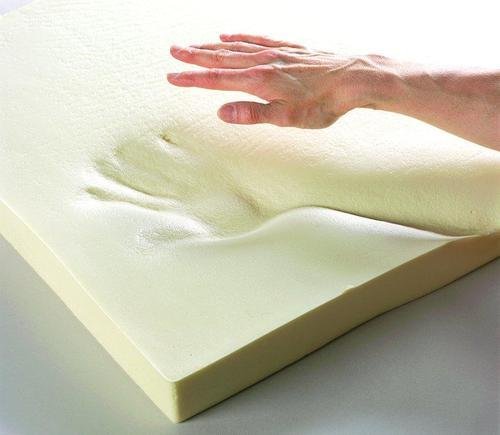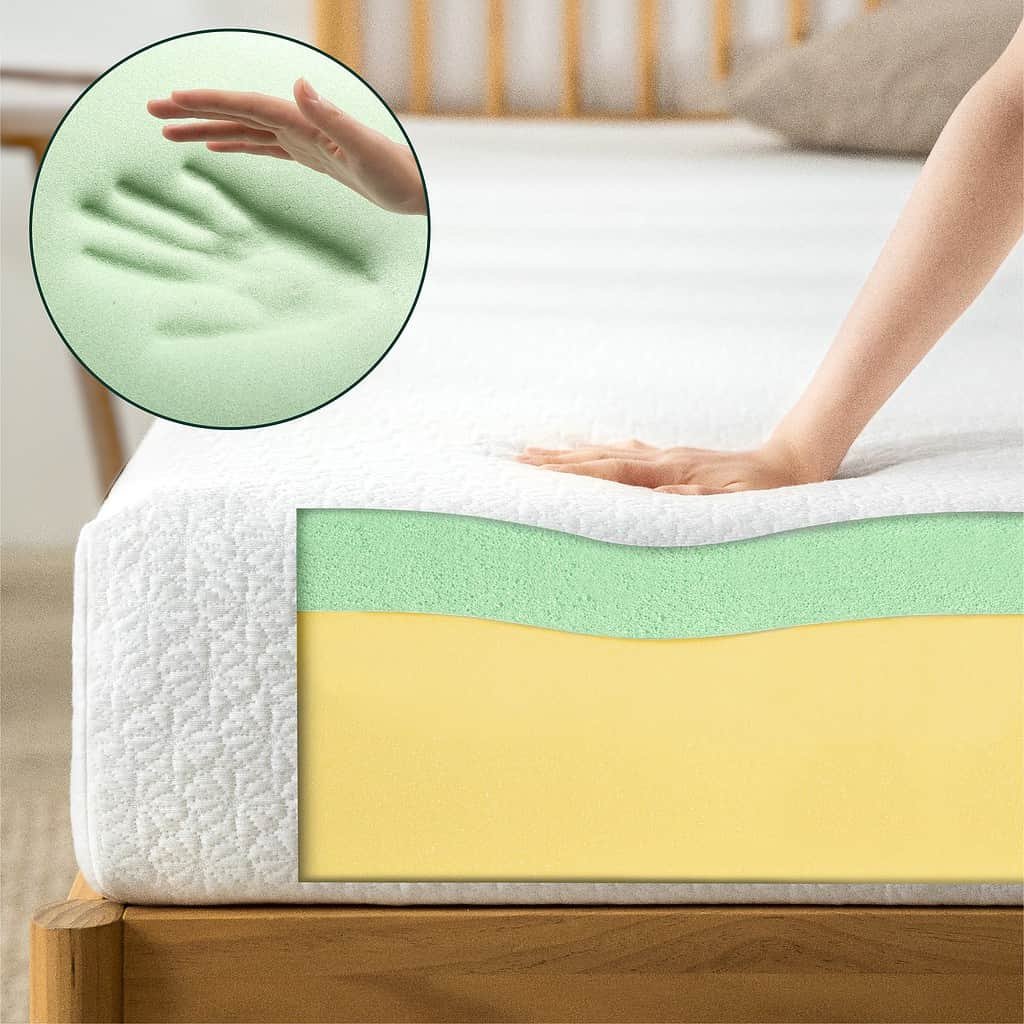How long does it take memory foam to adjust to your body?
You may have been wondering how long it will take for your new memory foam mattress to adjust to your body. The question is crucial because you don’t want to toss and turn all night, waiting for the mattress to become comfortable.
What is Memory Foam?
You may have heard of memory foam and wondered what it is. Memory foam is a very soft polyurethane foam that conforms to your body’s shape. It is commonly used in mattresses, pillows, and other products. You may have heard or experienced how memory foam can take a few minutes to adjust after lying down on it.
What are some things you should know about memory foam?
You’ve probably heard about the fantastic comfort of memory foam mattresses. They are made from polyurethane, a substance developed initially to be used as an aeroplane seat cushion material. You may have experienced the comfort of memory foam because some leading mattress companies use it in their products. But there’s a lot more to know about this exciting and versatile material:
- Memory foam is temperature-sensitive. The air pockets on its surface respond to your body heat by expanding and supporting you. So when you lie down on a memory foam mattress, it feels like the surface has been moulded around your body.
- Memory foam is pressure-sensitive. It reacts to pressure so that it works harder where there’s more weight, providing support where you need it most and allowing other parts of your body to sink deeper into the mattress for optimal shoulder, hip, and neck alignment
- Memory foam is density-sensitive. The higher the thickness of the foam, the more support its layers will provide you while also offering softness and comfort
- Memory foam has a slow spring-back property (also called “recovery”). This means that when you remove weight from it—by standing up or rolling over—the memory foam takes longer than traditional mattress materials to regain its shape
- A new piece of memory foam will sometimes have an odour associated with chemicals used in manufacturing; however, this usually dissipates within a day or two
How long does it take memory foam to adjust to your body?
You may have heard that memory foam takes a while to adjust to your body. This is true, but the adjustment time depends on many factors. One of these factors is the weight of the sleeper. If you’re heavier, it will take longer for the memory foam to adjust to you, and vice versa if you’re lighter. Another factor that affects how long it takes for the memory foam to adjust to your body is its temperature. If the room is warmer, your mattress will become more pliable and easily conformable. The opposite is also true; if your room is cooler, it will take longer for your mattress to adapt to your unique body shape.
As with all things related to mattresses, there are exceptions and counterintuitive rules. For instance, memory foams with higher densities usually take a shorter amount of time than lower-density foam when adjusting to their sleepers (though these types of mattresses may come at a higher price). Also, don’t worry too much about this adjustment period; plenty of other factors affect comfort and how long it takes for the memory foam to adjust!
What are some benefits of memory foam?
Memory foam is sensitive to temperature and will conform to your body shape in seconds. This provides you with customized support that reduces pressure points. The reduction in pressure points reduces pain and can help relieve joint pain, back pain, arthritis, sciatica, and fibromyalgia.
The foam’s ability to conform to the body also prevents motion transfer; if your partner moves on their side of the bed, you won’t be roused from sleep by their movements because they won’t be transferred across the bed. Memory foam is ideal for light sleepers or those who have trouble sleeping due to a partner’s tossing and turning throughout the night. Memory foam can relieve those who suffer from allergies because it is resistant to dust mites, mould, and other allergens. Additionally, memory foam promotes spinal alignment because it allows your spine to rest on a single plane instead of curving upward or downward, as when using a traditional mattress.
Are there any drawbacks to using memory foam?
Memory foam mattresses are top-rated and widely regarded as being exceptionally comfortable. But there’s no such thing as a perfect material, and memory foam is no exception. Many people find that it has an unpleasant odour for the first few days after they unpack it—this is called off-gassing. Some also find that memory foam gets too hot, which can be uncomfortable and make them toss and turn while they sleep.
Some other potential drawbacks include the following:
- Memory foam mattresses tend to be heavier than different types of mattresses. This makes moving or flipping them a bit more complicated than with some other materials.
- Depending on your sleeping position, memory foam may not offer enough support for your spine; this is especially true for stomach sleepers, who typically need a firmer mattress to avoid discomfort from sinking too deeply into the bedding material.
- If you’re looking for a good deal online rather than buying from an in-person store, read reviews carefully before purchasing any specific brand or model of memory foam mattress; some are better made than others – significantly cheaper ones!
How do I know if memory foam is suitable for me?
Take your time before deciding whether memory foam is suitable for you.
- Research and test it out. Check out customer reviews, and take as much time as you need to decide if buying a memory foam mattress is the right choice for you. If possible, test one out in the store. You can also try buying from an online retailer with a good return policy so that you can try sleeping on yours for at least 30 days before deciding if it’s a keeper.
- Ask yourself how much sleep means to you. Consider whether a memory foam mattress will get you the rejuvenating rest your body deserves after a long day. There are plenty of benefits and drawbacks to memory foam mattresses. Still, other options, such as latex and spring mattresses, are available if this kind of mattress is not what you’re looking for. Make sure it does what’s best for your body and mind before making any decisions.
How do I care for my memory foam mattress?
Proper cleaning and care is the key to keeping a memory foam mattress in tip-top shape. It would help if you vacuumed your mattress on all sides twice a month, focusing on the crevices between the bed and the wall and between the mattress edges. You should also spot-clean your mattress with mild detergent and water when necessary. Another option is to use a steam cleaner for deeper cleaning. Ensure you’re using a mild detergent, rinsing well, and drying thoroughly.
What else do I need to know about memory foam?
While it’s relatively new to the bedding market, memory foam has several properties that make it unlike any other material. It’s made from polyurethane and other chemicals that give it the visco-elastic (read: super squishy) properties that are so good at cradling your body in soft, comfortable sleep. The way these molecules move around when you lay down on them is why memory foam adjusts to the shape of your body within minutes.
When people say “memory foam,” they usually talk about viscoelastic polyurethane foam infused with additional chemicals to increase its density and viscosity. This type of foam has a typical density ranging from five pounds per cubic foot (PCF) up to ten or more PCF—that means that one cubic foot of this stuff can weigh anywhere from five to over ten pounds.



